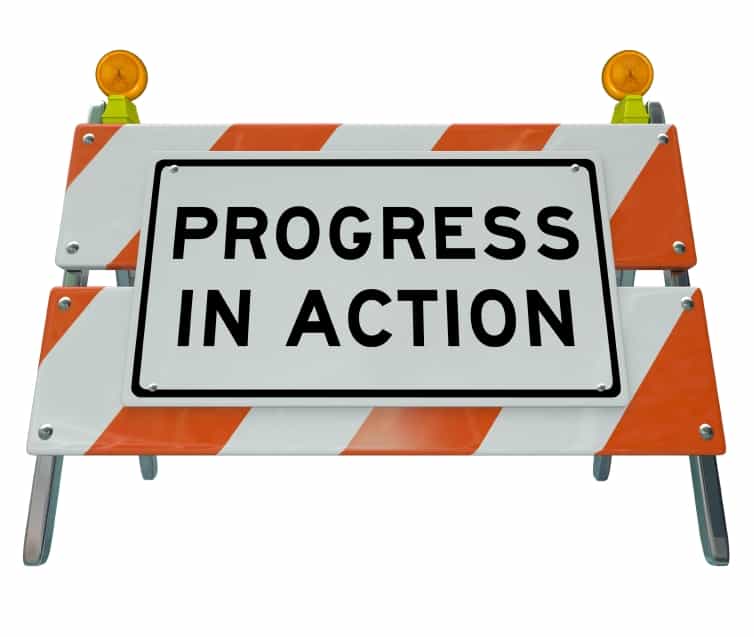The issue of “control” in Australian OHS law continues to be discussed as industry associations bristle against the introduction of Work Health and Safety laws, frequently on flawed or dubious costings.
 Australian safety laws have been moving from the prescriptive tradition for decades. This has been due to various reasons including new workplace hazards that cannot be controlled in defined ways, diminished enforcement resources and confused roles in OHS regulators, the change in labour force dominance from blue- to white-collar occupations but, most of all, repeated demands from business associations for increased flexibility and autonomy on managing workplace safety.
Australian safety laws have been moving from the prescriptive tradition for decades. This has been due to various reasons including new workplace hazards that cannot be controlled in defined ways, diminished enforcement resources and confused roles in OHS regulators, the change in labour force dominance from blue- to white-collar occupations but, most of all, repeated demands from business associations for increased flexibility and autonomy on managing workplace safety.
Certainly the degree of control has varied from State to State with New South Wales being considered as having the most business-unfriendly OHS laws but most States are now running under a different set of OHS rules and criticizing the current laws by referring to now-repealed OHS laws in the most extreme State of New South Wales, as Ken Phillips does in today’s The Australian newspaper, is almost sophistry. Continue reading “Favourable progress could be achieved on OHS if the current reality is accepted”





